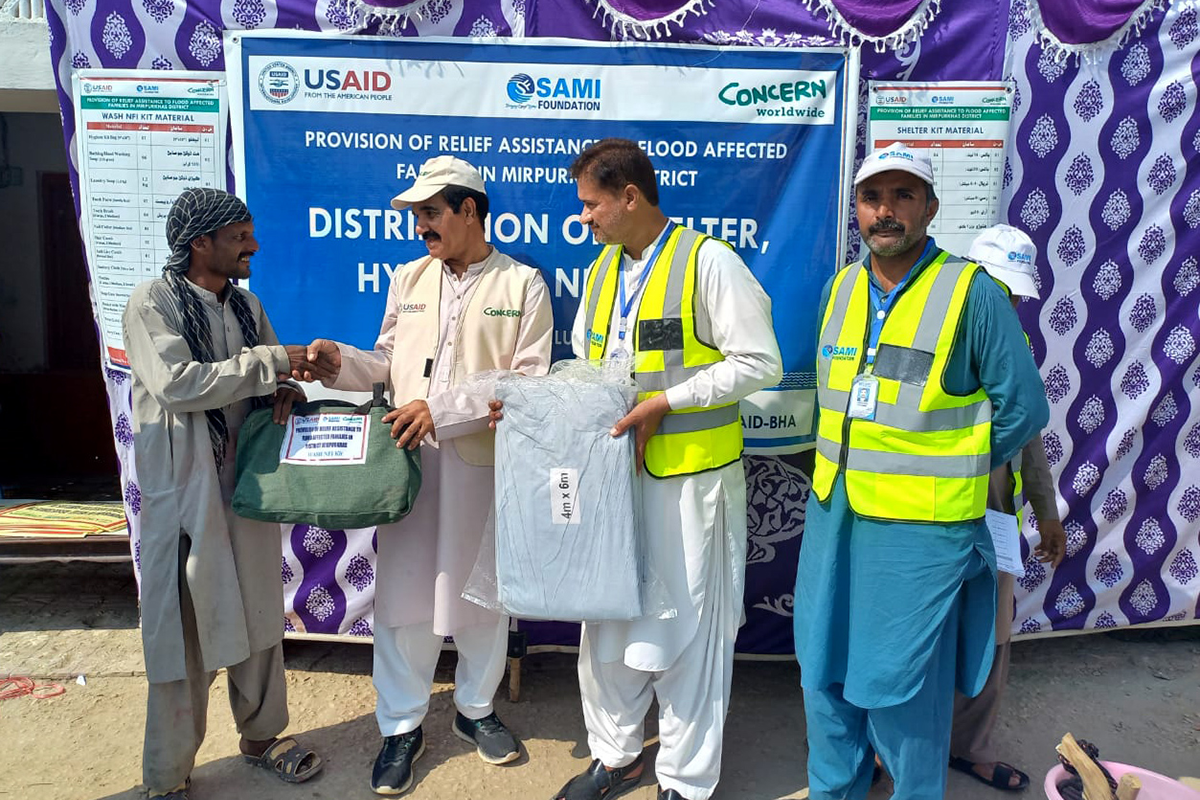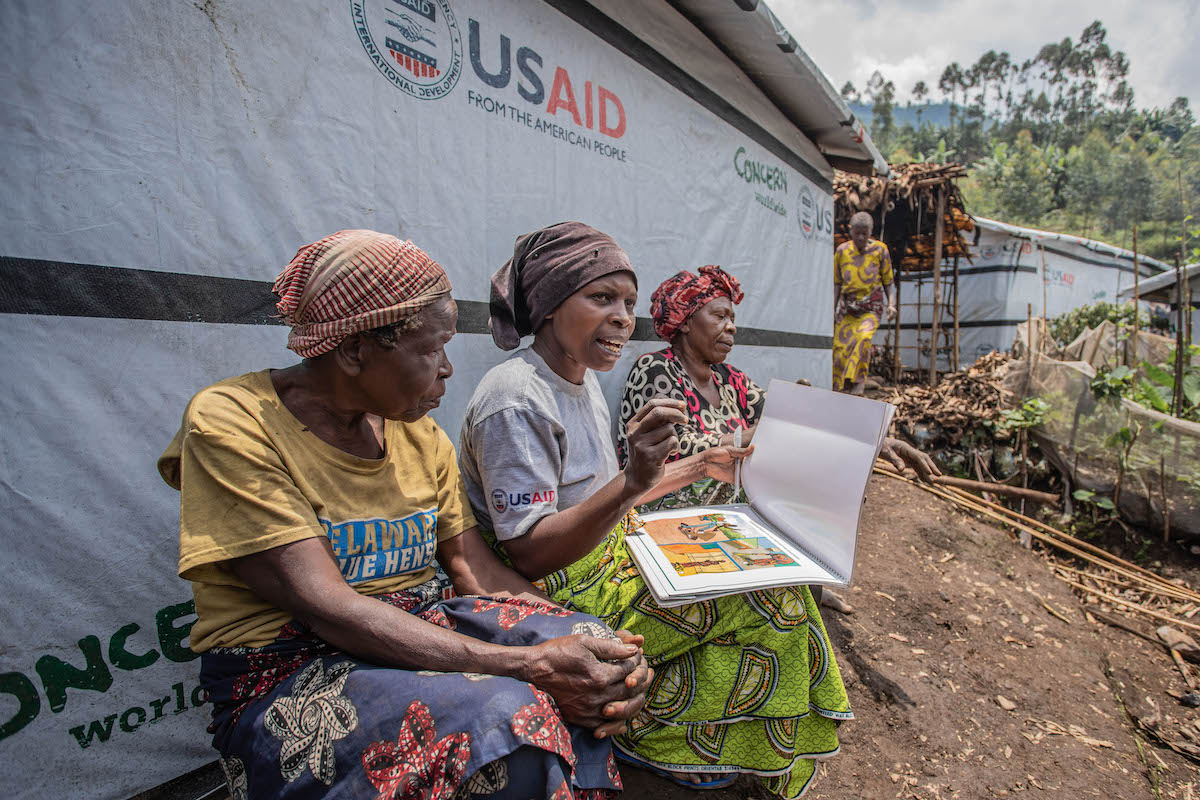News
Foreign aid myths and facts that every American should know
Why should Americans stand up for foreign aid? It’s cheap, it’s effective, and it helps make our country safer and wealthier. But that’s just the start.
Read MoreForeign aid’s fortunes change each year with the federal budget, but the decisions made can have a lasting impact for generations.
Every year, just over 1% of the United States federal budget is earmarked for foreign aid. It’s a small but important line item, and one that is constantly threatened by cuts.
With 2024 being an election year, it’s not clear how the next four years will look for foreign aid and development. However, with multiple countries in conflict, the ongoing effects of the COVID-19 pandemic, and increased destruction from the climate crisis, the need for foreign aid will remain high. And, despite the budget for American foreign aid being set each year, each decision made can carry impacts that last for generations. Here’s a quick explainer on how foreign aid works, and why it matters — especially for our work.
Foreign aid refers to anything that one country gives for the benefit of another. Usually, this means high-income countries providing assistance to low- and middle-income countries.
That does include money. But foreign aid can also be in-kind donations of goods or services. Some of these goods and services include:
All of these options contribute to the same goal for foreign aid: to maintain a functioning global society. This goal goes back to the program’s roots. The United States’s formal foreign aid program began in 1948 with the Marshall Plan, which supported the reconstruction of Europe after World War II. Financial help was provided, but expertise and supplies were also key elements as countries totaled by war rebuilt themselves.
In 1961, the federal government refined and codified this work as the Foreign Assistance Act. This remains the organizing principle for America’s ongoing policy.

In the US, there are two major types of foreign aid: About two-thirds of funds are earmarked as economic aid. These funds are managed by the Department of State or an implementing agency — most often USAID (the United States Agency for International Development). That agency awards grants to organizations like Concern for specific projects and initiatives. Economic aid covers a number of sectors and initiatives. USAID specifies the following subsectors:
Funding can also be multisector, unallocated, or classified as “other” to fit more unique situations.
The remaining one-third of US foreign aid is classified as military aid, intended to strengthen the military of US allies, or to increase US national security by bolstering foreign counter-terror or anti-narcotic missions. These funds come from the Department of Defense.

A common misconception is that assistance goes directly to foreign governments. This can happen — a form of aid known as bilateral aid. But only about 22% of what the US spends in foreign aid each year goes directly to governments. The majority goes to a combination of multilateral organizations (like the United Nations or World Bank), nonprofits, and other non-governmental organizations (NGOs).
This is where Concern comes in. With foreign assistance, we can channel American funds to the countries that need it most. Last year, for example, grants from USAID helped fund Concern initiatives in many of the countries where we work, including:
As a humanitarian organization, we at Concern believe that there is a moral imperative to alleviate human suffering wherever it happens. The more people lifted out of global poverty, the more the world benefits on the whole. Foreign aid plays a huge part in this.
But there are also many more pragmatic and immediate arguments for foreign aid. It helps other countries, but it also helps the United States. The world is more interconnected than ever, and what happens on one side of the globe can now have direct impacts in the US — and vice versa.

Many Americans think we spend about a quarter of the national budget on foreign aid. In reality, it’s just over 1% — and that includes military aid. Even if foreign aid was cut completely, it would do very little to reduce the country’s $244 billion federal budget deficit.
It’s true that, in absolute dollars, the United States gives more to foreign assistance than any other country. However, as a proportion of our gross domestic product, it’s only 0.15%. Adjusted for income, this places us at 26 out of 39 on the Center for Global Development’s Commitment to Development Index.
USAID is currently funding Concern's work in ten countries around the world. These projects take a variety of different forms.
We’re proud of the transformative impact we’ve been able to achieve with the help of humanitarian aid and development aid from the US government. Check out the project profiles below for some of those initiatives in action. Support Concern's work